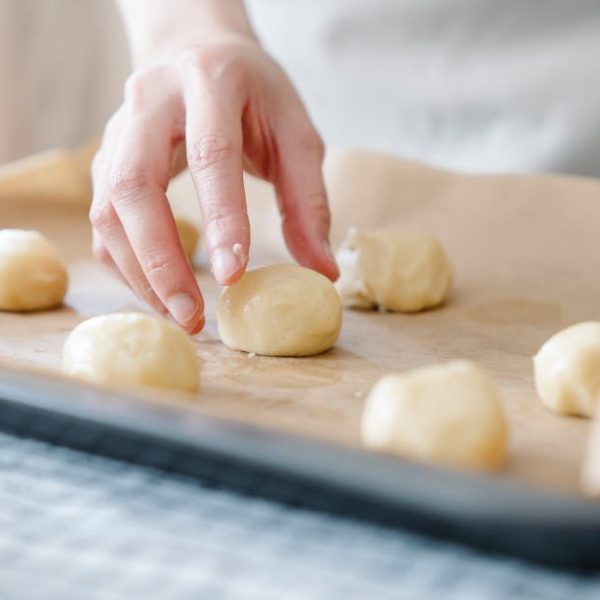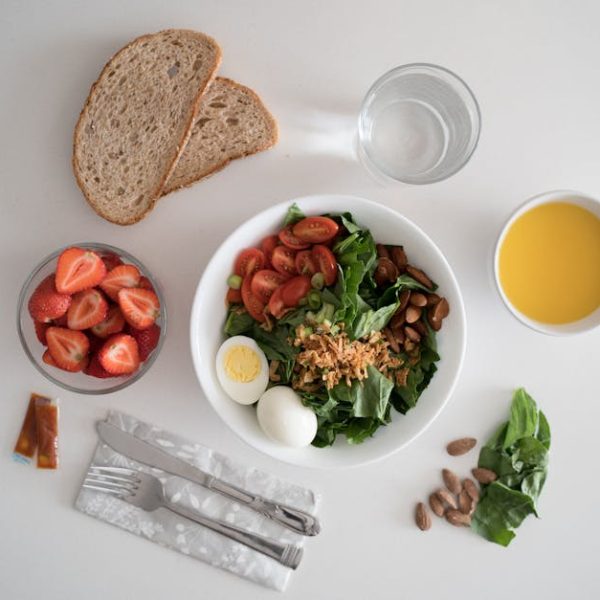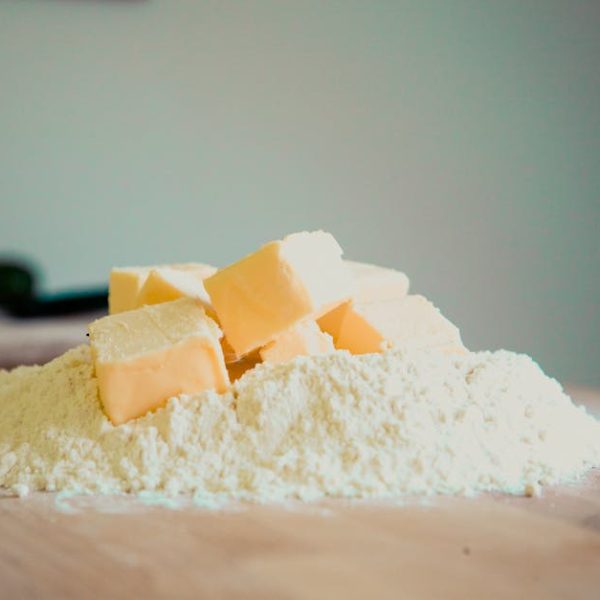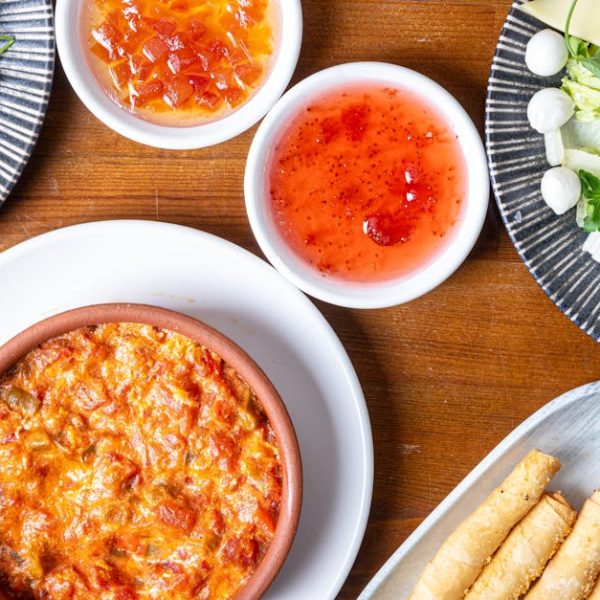Freezing homemade pasta salad is a practical step for many households. It’s a fantastic way to create nutritious meals ahead of time that can conveniently be defrosted as needed. However, it’s crucial that this process is undertaken safely to ensure that both the quality of the salad and your health remains uncompromised.
Importance of Freezing Pasta Salad Safely
Safely freezing your pasta salad at home is critical for two main reasons: preserving the salad’s health benefits and maintaining its delectable taste.
Freezing your pasta salad incorrectly can lead to an array of less than ideal outcomes. For instance, you run the risk of bacterial contamination, often linked to foodborne diseases, should you freeze salads that haven’t cooled properly. In addition, improper freezing can cause texture changes, where your once crunchy vegetables turn mushy, and your pasta becomes overly soft. Besides, improper freezing can cause the salad to lose its rich, fresh flavors, giving way to an unappetizing taste.
On the brighter side, when freezing is done correctly, it can help extend the shelf life of your pasta salad significantly without sacrificing much of its original flavor and nutritional value.
Pro tip: Considering factors such as the freshness of the ingredients, the type of pasta used, and the kind of dressing before freezing can make all the difference.
Best Types of Pasta Salad for Freezing
When we delve into the types of pasta salads conducive for freezing, it’s more about the ingredients and the type of dressing used. As a rule of thumb, pasta salads with non-dairy dressings freeze better. However, avoid salads containing ingredients like tomatoes, cucumbers, and lettuce, known to become wilted or mushy once frozen and defrosted.
Mayonnaise-based or dairy-based dressings don’t freeze well due to the tendency of the milk proteins to separate when frozen, leading to a grainy texture upon defrosting. If you anticipate that you’ll be freezing your pasta salad, it’s better to select ingredients resilient to the freeze-thaw cycle.
Pro tip: Pasta salads with vinaigrette dressing, and ingredients like olives, onions, bell peppers, and certain types of meat such as chicken or ham, freeze extremely well.
Steps to Safely Freeze Pasta Salad
The process of freezing pasta salad begins with its preparation. First and foremost, ensure the pasta is cooled appropriately before incorporating the other salad ingredients. If the pasta is too hot, it can cause other elements to wilt or overcook.
After the pasta has completely cooled and the ingredients have been mixed in, resist the urge to add the dressing. It’s advisable to add this only after the salad has defrosted to help maintain its initial taste and texture.
In terms of storing, the use of freezer-safe containers is imperative. These containers are airtight, preventing the influx of external air that could lead to freezer burn, damaging your salad’s quality. Seal these containers tightly and label them with the freezing date.
Lastly, take note that a consistent freezing temperature of 0°F (-18°C) is crucial to slow down the enzymatic processes that degrade food quality and ensure safe freezing. Moreover, aim not to store your pasta salad in the freezer for more than two months to maintain its quality.
Pro tip: Prewash your freezer containers to ensure there are no residues that can affect your salad’s freshness.
Thawing and Reheating Frozen Pasta Salad
The process of thawing frozen pasta salad is as important as freezing it. One must take care to maintain its texture and flavor. The best method is to thaw it in the fridge overnight. This slow thawing method mitigates the risk of the ingredients becoming mushy and watery.
If you need to reheat the pasta salad, it’s recommended to do so over the stovetop using indirect heat, or even better, to consume it cold. Microwaving your pasta salad can lead to uneven heating and can further degrade the texture of some ingredients.
The dressing should ideally be added only after the salad has been completely thawed. The method of adding the dressing includes gently mixing it in, being careful not to make the salad excessively moist.
Pro tip: To refresh the flavor of thawed pasta salad, consider adding a squeeze of lemon juice, fresh herbs, or a dash of your favorite spices before serving.
Common Mistakes to Avoid When Freezing Pasta Salad
Freezing pasta salad might seem simple and straightforward. However, there are common mistakes that one might commit unintentionally, which can impede the salad’s quality.
One common misstep is not cooling the pasta effectively before freezing. Pasta retains heat longer than you might think. If you freeze the pasta without cooling it first, it might cause other ingredients to wilt or even encourage bacterial growth.
Another mistake lies in the containers used. Utilizing non-freezer-safe containers can lead to freezer burn, altering your salad’s taste and texture.
Freezing pasta salad with dressing is not advisable since the freeze-thaw cycle can rupture the emulsion in dressings, leading to a grainy texture and separated oil. Salad ingredients that don’t freeze well, like fresh tomatoes, cucumbers, or lettuce, can turn limp and watery when defrosted.
Finally, remember that defrosted pasta salad should ideally be consumed within two days of thawing to avoid potential health risks associated with bacterial growth.
Pro tip: Mark the thaw date on the container along with the freeze date to help you keep track of when the salad should be consumed.
Key Takeaway:
- Safe freezing practices ensure the preservation of the health value and taste quality of pasta salad.
- Ingredients suitable for freezing and those not well adapted should be carefully selected. Avoid mayonnaise or dairy-based dressings as they do not freeze well.
- The process of freezing involves the proper cooling of pasta and ingredients before sealing in freezer-safe containers. The optimal freezing temperature is 0°F (-18°C).
- Thawing should ideally be done in the fridge overnight. The dressing should only be added after thawing, and it’s best to consume pasta salad cold or heat it indirectly over the stove.
- Common freezing mistakes to avoid include not cooling pasta properly before freezing, using the wrong type of storage container, and freezing pasta salad with dressing.
As you navigate freezing your homemade pasta salad, remember that the goal is to preserve your meal’s quality, nutrition, and flavor. With the guidelines above, you are well-equipped to safely store your homemade pasta salad, allowing you to enjoy your favorite dish at your convenience. Stay mindful of the ingredients you choose and the handling processes you follow, and you are sure to master the art of freezing pasta salads.
FAQs
Q: How long can I store my frozen pasta salad in the freezer?
A: For optimum taste and texture, it’s recommended to consume your frozen pasta salad within two months of freezing.
Q: Can I refreeze my pasta salad if I haven’t finished it after defrosting?
A: It’s generally not advised to refreeze thawed food, including pasta salad, as this can affect its quality and safety.
Q: How can I refresh the taste of my defrosted pasta salad before serving?
A: Consider adding fresh herbs, a squeeze of lemon, or a dash of your favorite spices after the salad is completely thawed.
Q: What type of dressing is best suited for pasta salad meant for freezing?
A: Vinaigrette dressings are generally better for freezing as they do not separate or take on a grainy texture upon thawing, unlike dairy or mayonnaise-based dressings.
Q: What should I do if my frozen pasta salad tastes bland after thawing?
A: If your thawed pasta salad tastes a bit bland, adding the dressing and extra seasoning after thawing can liven up the flavors.
Enjoyed the article? Share it with other homemade pasta salad enthusiasts and explore more informative posts on our website!






